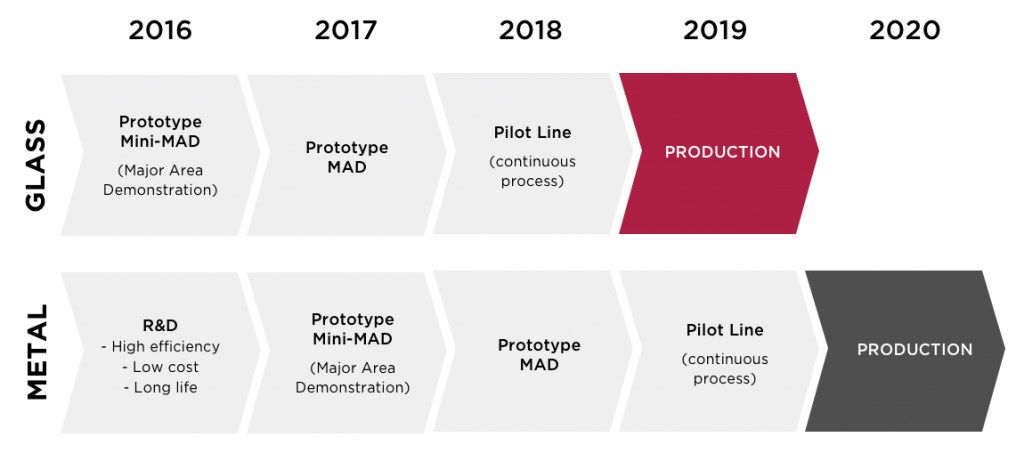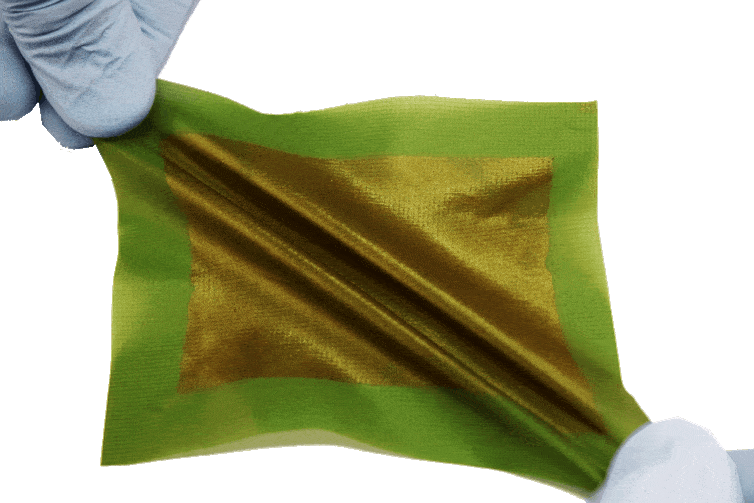Artificial intelligence (AI) is expected to have a significant impact on the future of solar panel technology, including the emerging perovskite solar cells. Here are some ways AI could influence solar panel technology:
- Improved efficiency: AI algorithms can analyze large amounts of data from solar panel installations to identify patterns and optimize system performance. This could lead to more efficient solar panels, including the new generation of perovskite solar cells, which have shown great potential in recent years due to their high efficiency, low cost, and flexibility.
- Lower costs: AI can help reduce the cost of solar panel production by streamlining manufacturing processes and minimizing material waste. This is especially important for perovskite solar cells, which are made from inexpensive materials and can be produced using low-cost printing techniques.
- Predictive maintenance: AI algorithms can detect potential problems in solar panel installations before they occur. This could help prevent downtime and reduce maintenance costs for perovskite solar cells, which are still relatively new and require more research to improve their stability and durability.
- Enhanced monitoring: AI can monitor the performance of solar panel installations in real-time, which is crucial for perovskite solar cells since they are more sensitive to environmental factors than traditional silicon solar cells. Real-time monitoring could help identify issues and optimize performance, especially in challenging weather conditions.
- Integration with other technologies: AI can be integrated with other technologies, such as energy storage systems and smart grids, to create more efficient and reliable renewable energy systems that incorporate perovskite solar cells.
Overall, AI has the potential to greatly enhance the efficiency, performance, and cost-effectiveness of solar panel technology, including perovskite solar cells. By leveraging AI, we can accelerate the adoption of renewable energy and reduce our dependence on fossil fuels, leading to a cleaner, more sustainable future.



